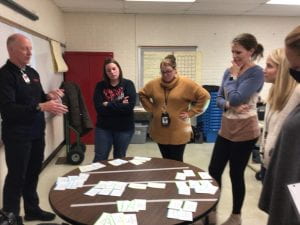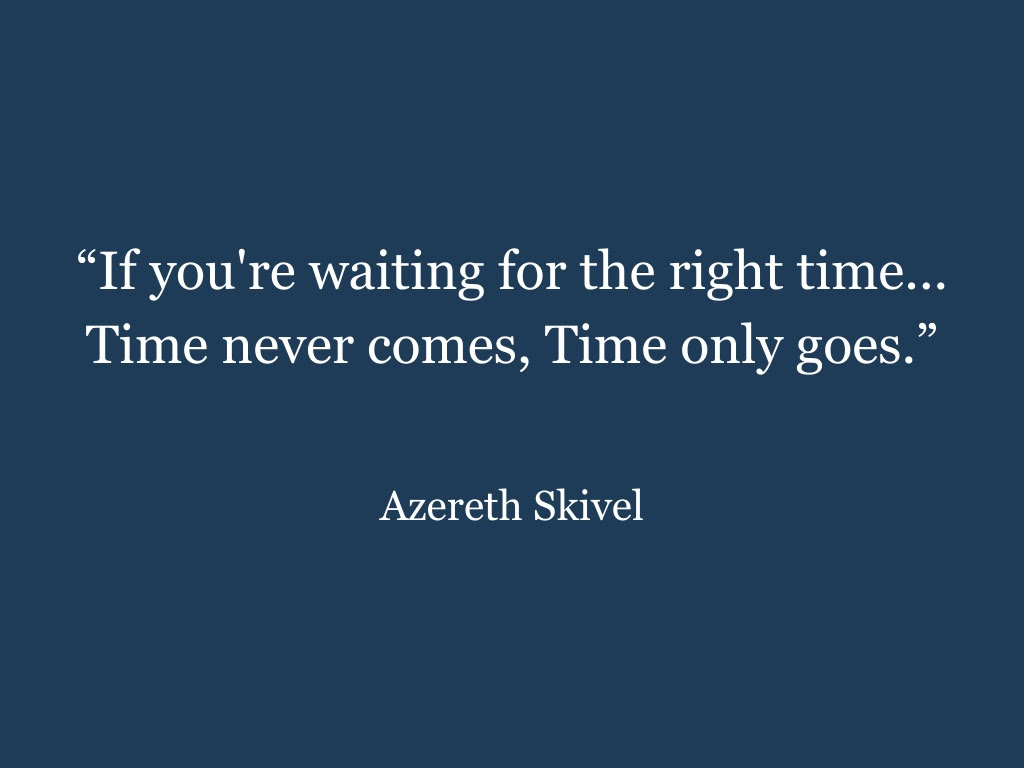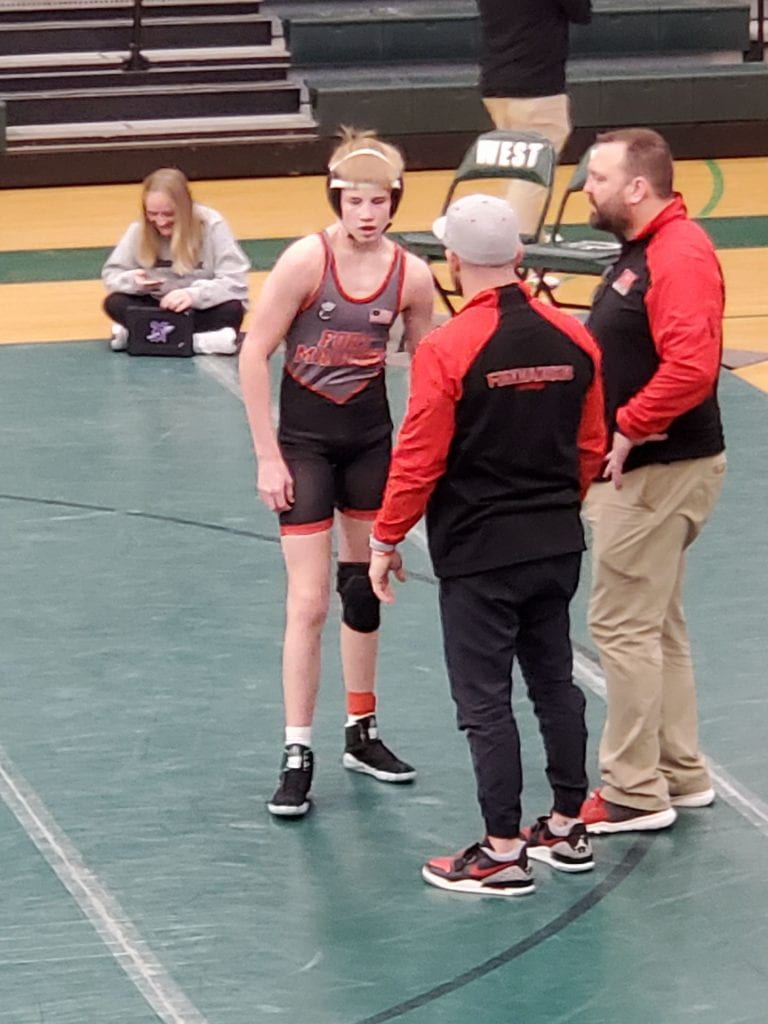One Word
Last week, I wrote about identifying my One Word for 2022. I love the way the word clarity has become a part of how I reflect on my actions: before, during, and after. The word is not consuming me; instead, it is offering another layer of thought around what I think, do, and say.
When I look back at the past week in seeking clarity as an instructional coach, I can see that I undoubtedly need to continue to work on the art of listening. I made some small gains, but still believe I can do much less talking when working with teachers and teacher teams. And after reading, re-reading, revising, and editing this post, I have concluded that I have MUCH work to do in being succinct in my writing. 😉
Clarity Around Reading Instruction
The messiness of seeking clarity is becoming evident as our FMCSD K – 2 teachers take a deeper dive into the K-2 Foundational Skills Block from the EL Education Curriculum. We have spent the first two-and-a-half years of implementing this curriculum trying to get our feet under us. As with any high quality curriculum, implementation is tough. I mean… really tough. But our teachers continue to battle through and have some exciting changes taking place which will ultimately result in significant reading gains for our students.
In short, our 1st and 2nd grade teacher teams will be sharing students among their classrooms. Our coaching staff led them through a “card sort,” where each student was identified by the current microphase they are working in. In an effort to ensure that we are being intentional with our instruction, teachers went back to the recently administered middle-of-the-year benchmark assessments and further analyzed each assessment to determine the specific skills within that microphase that each student needs to develop or refine. Teachers have narrowed down the specific cycle of instruction that each student needs. This is exciting work, folks! We are truly using the data that we have and acting upon it.

Teachers, administrators, and coaches participate in a Microphase “card sort”
Why are we making these changes? How will it result in significant gains in reading for our students? When we talk about the Science of Reading, which is best explained by the Simple View of Reading, the phrase “systematic and explicit phonics instruction” is always used when describing the Decoding/Word Recognition side of the equation:

Some version of the following sentence from APM journalist (and my heroine!) Emily Hanford‘s 2018 article, Hard Words: Why Aren’t Kids Being Taught to Read can be found in any article supporting what we know about effective reading instruction: “One of the most consistent findings in all of education research is that children become better readers when they get explicit and systematic phonics instruction.” The work described above is all about delivering explicit and systematic phonics instruction.
Jumping into this targeted and differentiated instruction will be messy. It will not be perfect. We will make mistakes. But we have to jump in and do it. The following quote shared by George Couros in a weekly email sums up the importance of jumping in:

Clarity Around Data
I was questioned this past week about the effectiveness of the EL Education Curriculum. I believe the “question” from a reluctant-to-jump-in teacher was phrased this way, “…and I want some data that proves that EL works.” After taking some deep breaths to regain my equilibrium, after lengthy conversations with colleagues, and after a super-helpful conversation with Open Up Resources Lead Coach, Justin Endicott, I have gained clarity about how to respond to this reluctance. We will not see significant gains until we choose to embrace the curriculum that we have. Whether it be the EL Education Curriculum or a different high quality curriculum, the significant gains simply won’t be there without buy-in. Until we are willing to jump in and do the incredibly tough work, until we are willing to make mistakes, and until we are willing to engage in collaboration and professional discourse, our students will continue to make minimal to dismal gains.
Do I understand where the reluctance comes from? You bet. Education takes lots of swings which can be incredibly frustrating, to say the least. But we cannot deny the body of research that supports what effective reading instruction looks like. Have I mentioned that this work of engaging in effective reading instruction will be incredibly difficult???!!!
Jumping into the real work of microphases as described above will be HARD. And educators are exhausted. But educators are doing the hard work because that’s what they do. I think we need to be careful about focusing on how exhausted teachers are. If our conversations center around their exhaustion and how tough teaching is and how much this pandemic has compounded teaching struggles, we are at risk of marinating in this educational rut. I am not proposing ignoring the struggles, but I am suggesting that we focus our time, energy, and conversations on the the hard work we are engaging in and the results of our hard work… on the gains and wins that we are creating along the way.
There is true merit in seeking the thrill-of-the-skill: those moments when students “get it” after grappling with tough concepts. That same thrill-of-the-skill is experienced by teachers when they persevere through their struggles, when they grapple with seeking clarity around effective instruction. It is oh-so-worth it!
By the way, the data to support EL Education is substantial. It lives in the evaluation of the curriculum from EdReports (all Green, in all categories, across all grade spans); it lives in the plethora of documentation about the Science of Reading, and it lives in the following Case Studies:
- Jefferson County, CO: A Case Study
- A.D. Oliver Middle School: A Case Study
- Ida Jew Academies: A Case Study
- Scintilla Charter Academy: A Case Study
- Grandview Heights Middle School: A Case Study
Clarity in Wrestling
Emmett has had a rough start to his wrestling season. It is his junior year of high school, and 10th? year of wrestling. He seemed to be wrestling “flat” to kick off the season, and openly said we wasn’t enjoying wrestling. It appears (and I don’t know because I haven’t asked) that he made a decision to not only stick it out, but to maximize his wrestling potential. He had some nice wins last Thursday night, and two BIG wins on Saturday. Despite knowing what the brackets look like for districts (the 126 bracket is shaping up to be a tough one) which determine a trip to the state wrestling tournament, I believe he will continue the momentum he has recently established. There will be failings/losses along the way, but his wrestling season will not be a failure because of the decision (I think!) he has made.
The following picture was captured on Saturday at Iowa City West High School’s Lepic Duals Tournament. At the time this picture was taken, where Emmett is receiving advice from his phenomenal coaches, Derek Doherty and Ryan Smith, Emmett was down 7 – 1 against the #12 ranked wrestler at 126 pounds. Emmett came back to win the match with a well-executed pin. He had clarity about what he wanted out of this match, and he got it.

Emmett with coaches Derek Doherty and Ryan Smith
Oh… and one more wrestling picture, because among many other things, this is what wrestling is really about: the comradery among wrestlers – those athletes who are the only ones who truly understand how brutal this sport is, how much discipline this sport requires, and how very-worth-it it all is.

Fort Madison wrestlers at the Lepic Duals tournament, Iowa City, IA, 1-8-22